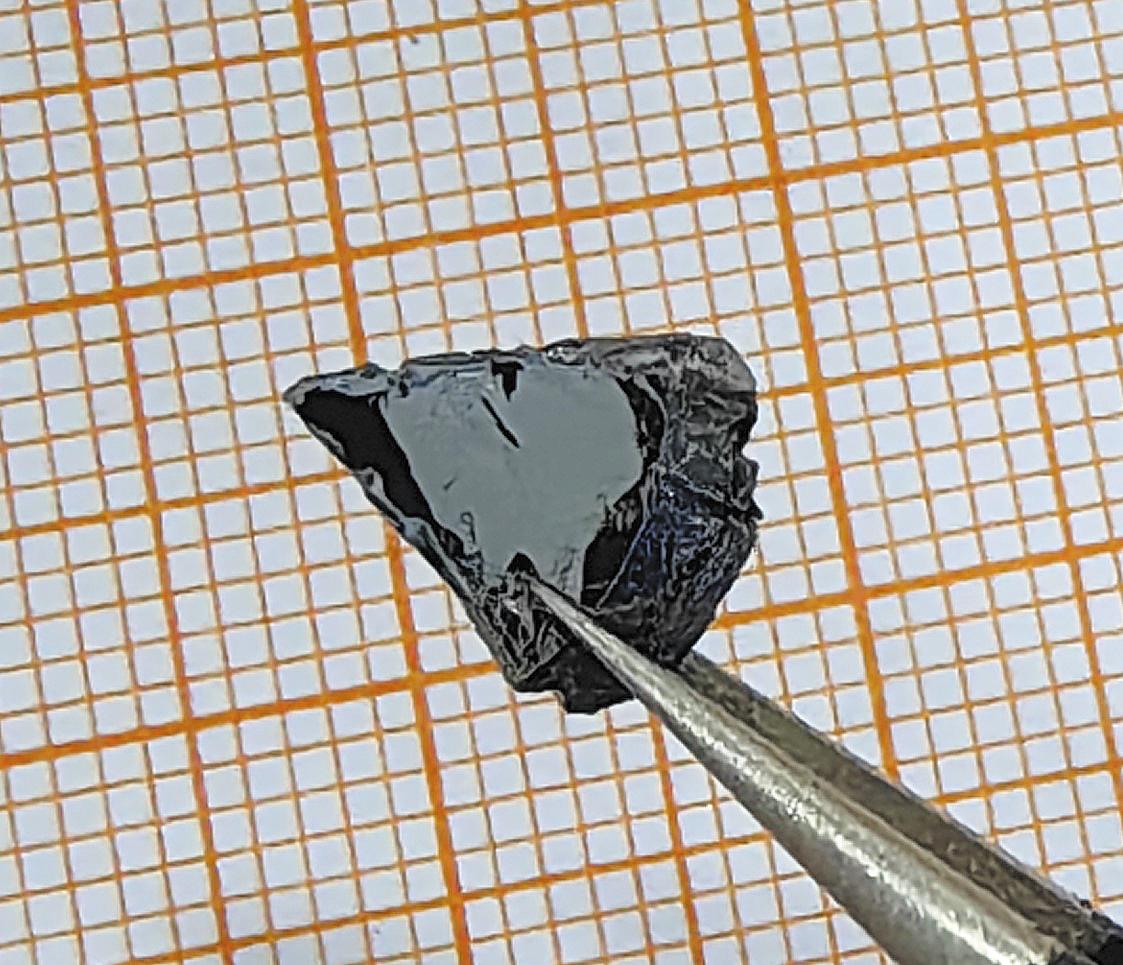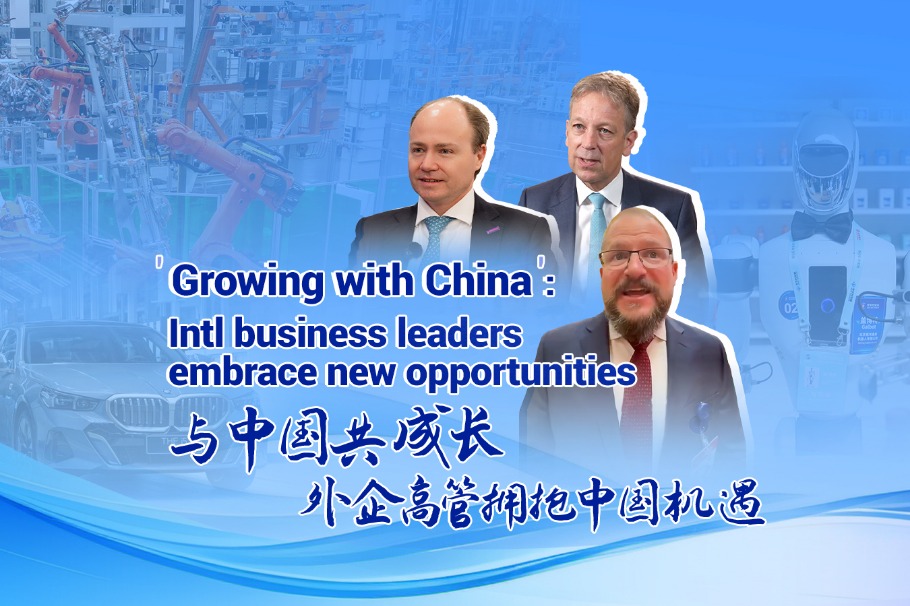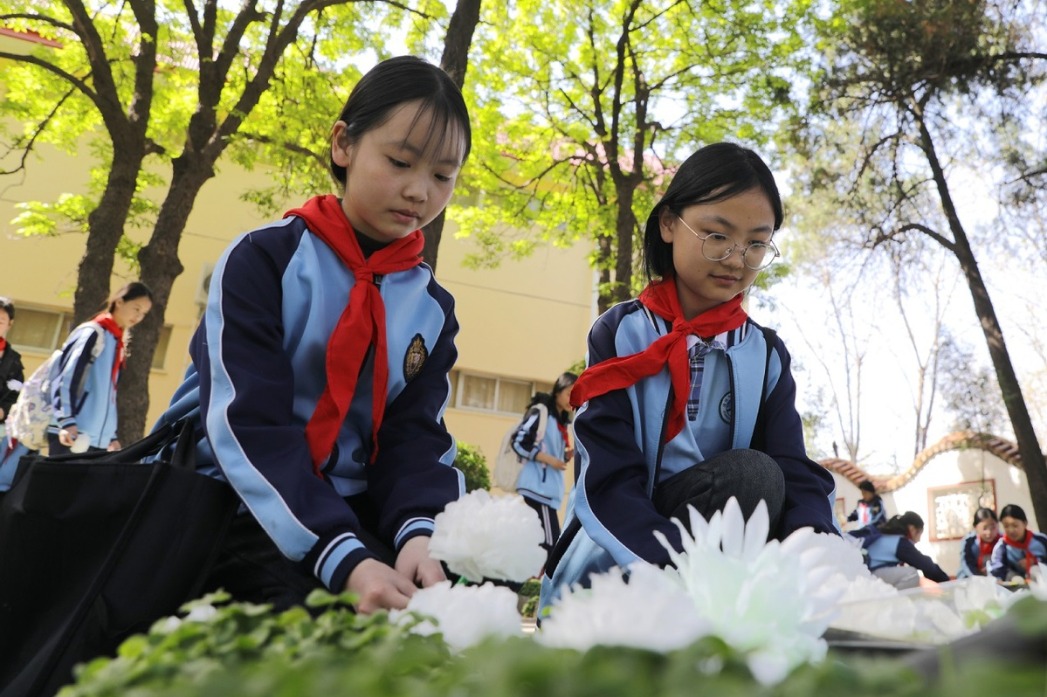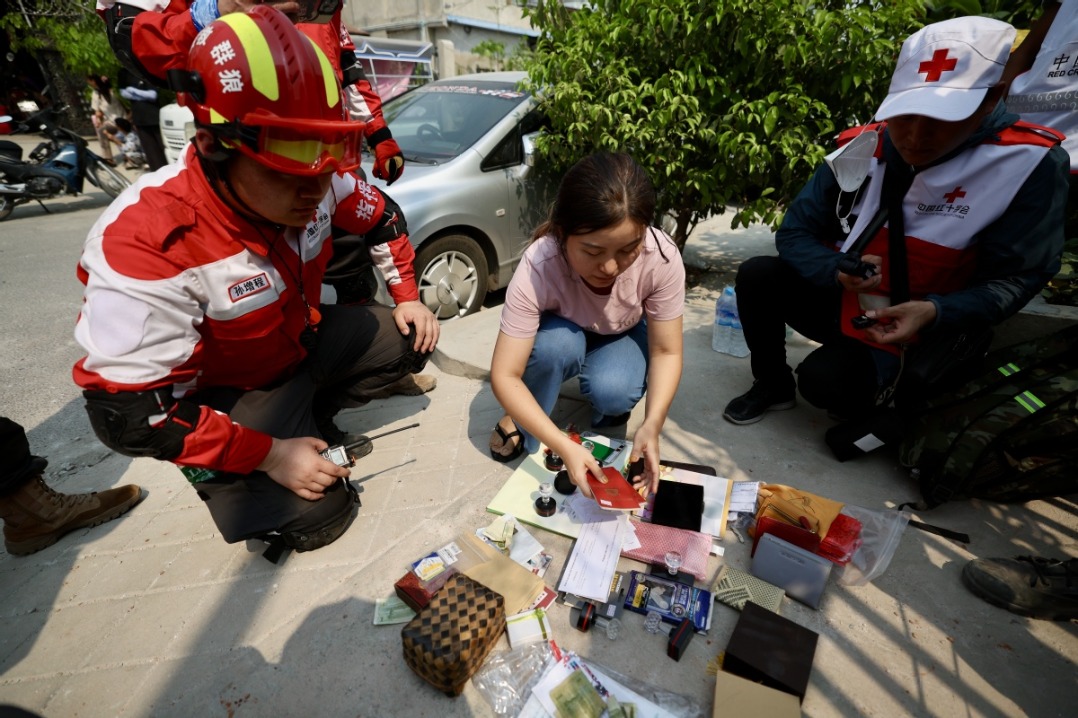Space station providing unique environment for research firsts
China has equipped Tiangong to seek multiple scientific, medical, other breakthroughs


Critical technologies
Researchers Liu Xuechao from the Shanghai Institute of Ceramics, and Jin Min from the Shanghai Dianji University, have made significant progress in research into new semiconductor materials through the space station's facilities.
"Semiconductor materials play an irreplaceable role in fields such as integrated circuits, communications, photovoltaics, and aerospace," Liu said.
"Space semiconductor crystal growth has been a major focus worldwide. Space station research supports the breakthrough of critical technologies on Earth."
The performance and structure of semiconductor materials are closely linked to their environment and manufacturing conditions, Liu said. Earth's gravity causes convection, sedimentation and wall effects during material preparation, impacting nucleation, thermal mass transport, and microstructures while masking secondary effects.
Professor Jin's team discovered that Indium Selenide (InSe), a flexible semiconductor material that can bend, twist, and compress without breaking, is suitable for flexible thermoelectric devices.
"InSe semiconductor crystals not only possess excellent physical properties typical of traditional semiconductors, but can also undergo plastic deformation and mechanical processing like metals. This provides a new path for designing and applying next-gen electronic devices," Liu explained.
He added that InSe also shows vast potential for use in photovoltaics, optoelectronic devices, and photodetectors.
After 70 hours in the high-temperature materials science cabinet, Liu's team obtained a complete semiconductor crystal sample. Upon returning to Earth in June 2023, they found the material had swelled under microgravity, indicating potential expansions.
The space-grown samples exhibited significantly lower density defects compared with ground-based samples, with almost zero defects in areas not in contact with container walls.
"This breakthrough expands development opportunities substantially, promising improved transistor performance," Liu said. "Our future studies will build on this sample, aiming for commercial production of this semiconductor material soon."
yandongjie@chinadaily.com.cn























